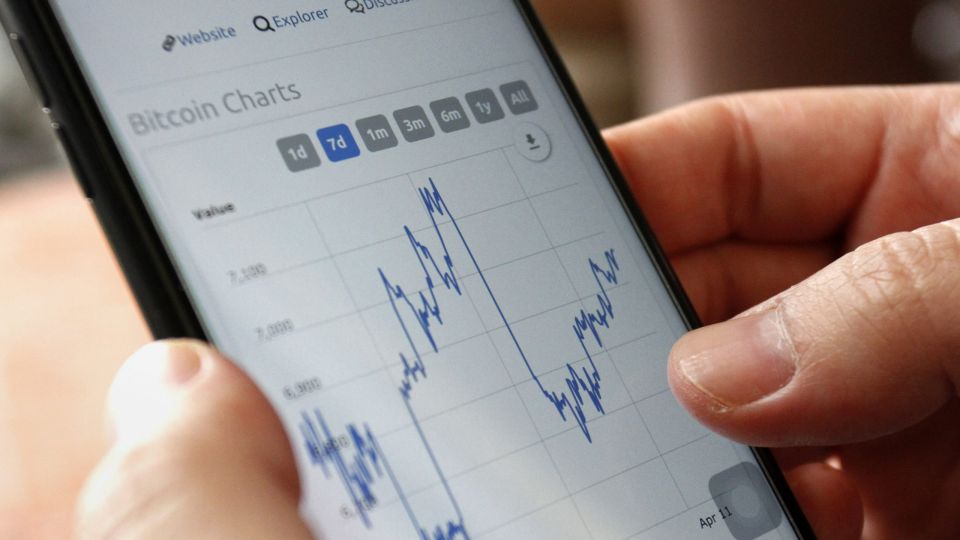February 21, 2020
Fall comes amid Asia-wide forex sell-off after South Korea infection spike, two deaths in Japan.
The Singapore dollar fell along with most Asian currencies on concerns over the coronavirus outbreak.
The local currency fell to its lowest level against the United States dollar since May 2017 at one point yesterday, before recouping some of the losses. It slid about 1 per cent to as low as S$1.4083 to the greenback, before paring losses to trade 0.3 per cent lower.
South Korea’s won sank more than 1 per cent to 1,201.95 to the dollar. The baht, the most sensitive in Asia to tourism, dropped 0.7 per cent to 31.406 to the dollar.
The sell-off in the region’s foreign exchange (FX) markets followed a spike in confirmed infections in South Korea and two fatalities in Japan.
“The move in the Singapore dollar was alongside broad weakness in Asia currencies due to concerns stemming from the outbreak,” said United Overseas Bank senior FX strategist Peter Chia.
The overall weakness in regional currencies can be gauged by the Asia Dollar Index, which retreated to its lowest levels in more than two months, he added.
The epidemic has severely disrupted economic activity in parts of China, cutting back demand for goods and services from Asia’s largest economy.
That has in turn raised concerns about the fallout for economies with close business and trade ties with China.
Singapore, which counts China as its top trading partner, has lowered its gross domestic product (GDP) growth estimate to -0.5 to 1.5 per cent for this year, raising the possibility of recession.
Some analysts worry the virus outbreak may be more damaging than the US-China trade war, which also disrupted global supply chains.
However, tensions on the trade front eased after the world’s two biggest economies signed a preliminary deal last month to lower some of the tariffs they had imposed.
That pact raised hopes of some economic benefits flowing back to countries that were most affected by the trade war.
“The Covid-19 (outbreak) has not only delayed the recovery from the phase one trade deal but also broadened the economic weakness into domestic demand, for example, tourism and retail sales,” said DBS Bank FX strategist Philip Wee.
Meanwhile, a Reuters poll found that investors have increased their bearish positions on most Asian currencies, especially the Singdollar, over the past two weeks.
Short positions on the Singdollar were at their highest since late August last year, the poll of 18 respondents showed.
Mr Terence Wu, currency economist at OCBC Bank, said that even if the Covid-19 situation starts to improve from here, Asia will still be counting its losses for some time.
On a relative basis, economic data in the US has been more resilient than expected since the start of the year.
That should favour the US dollar against Asian currencies on a multi-week horizon, he said.
Singapore this week earmarked a large stimulus package in its 2020 Budget to cushion the impact of the virus outbreak. That pushed the overall deficit to a decade-high of $10.9 billion, or 2.1 per cent of GDP.
Still, most analysts believe the fiscal impetus will not be enough to tide the economy over the crisis.
They now expect the Monetary Authority of Singapore to ease its policy stance in its April meeting. The move will lower borrowing costs and defend competitiveness.
Mr Wee said technical resistance at around S$1.41 to the dollar may support the local currency for now after the sharp moves this month.


